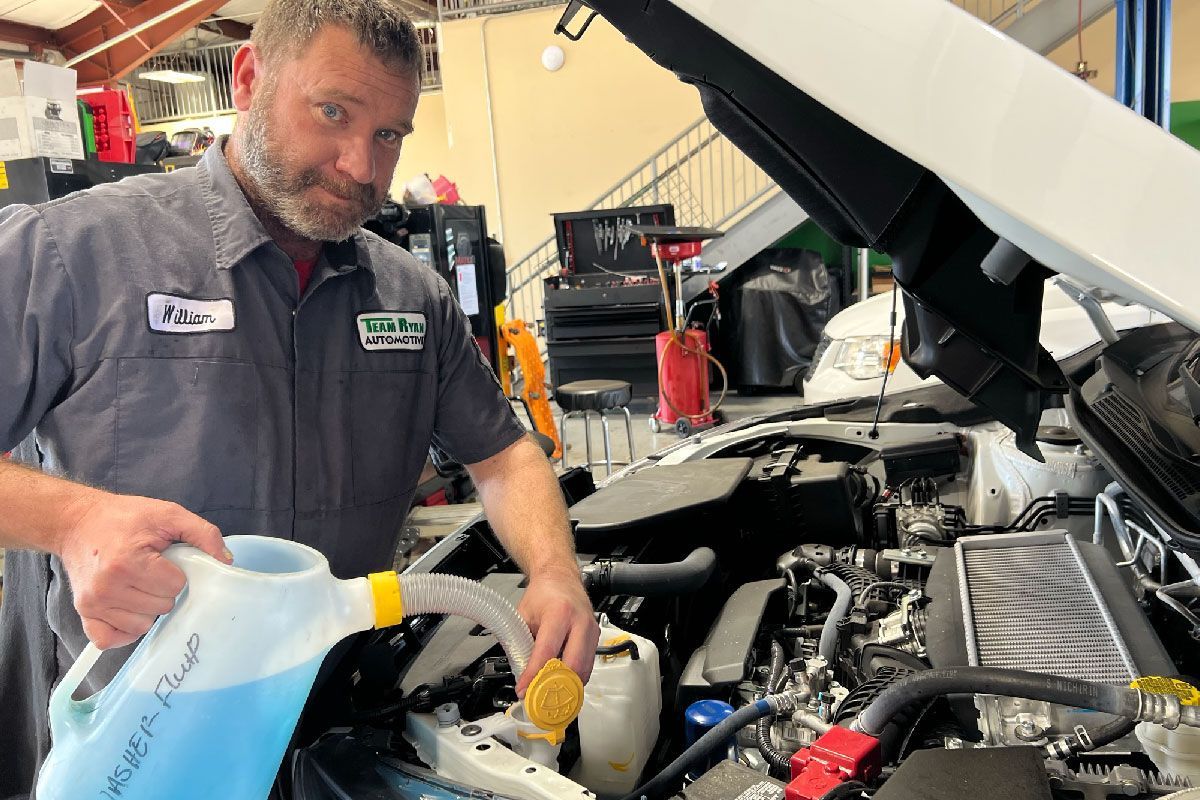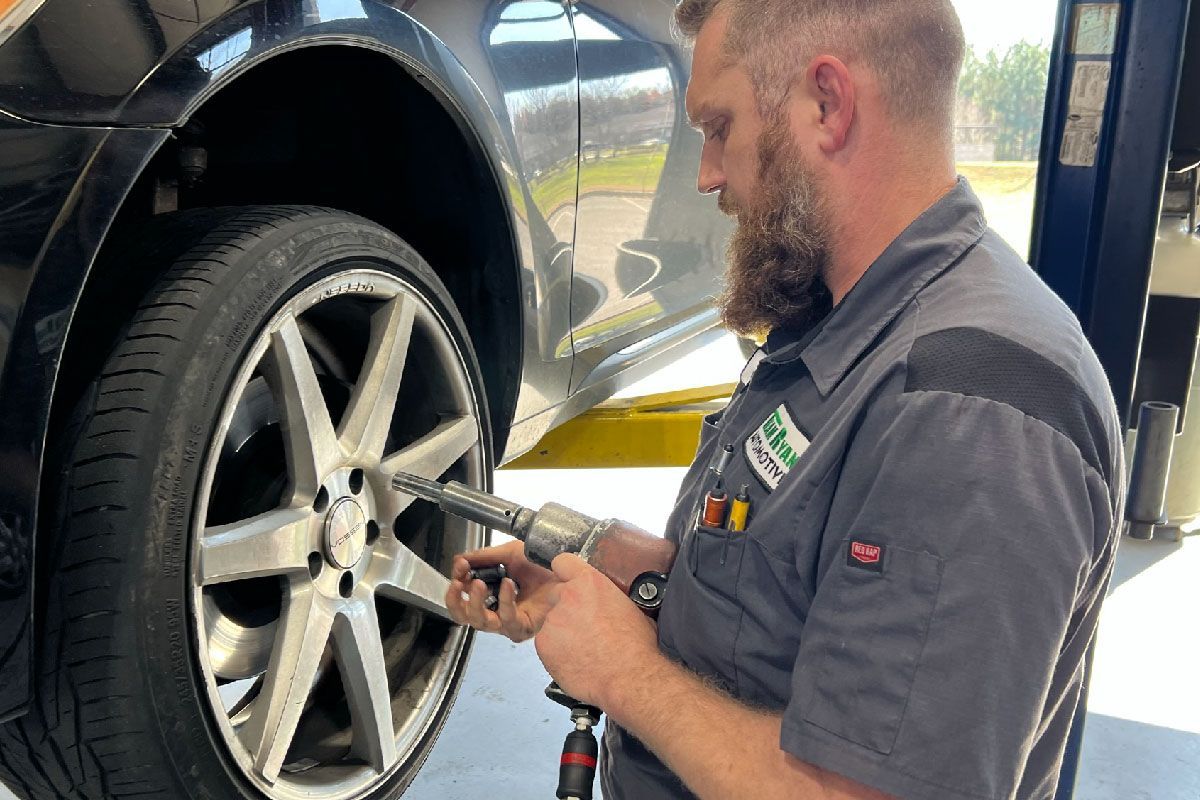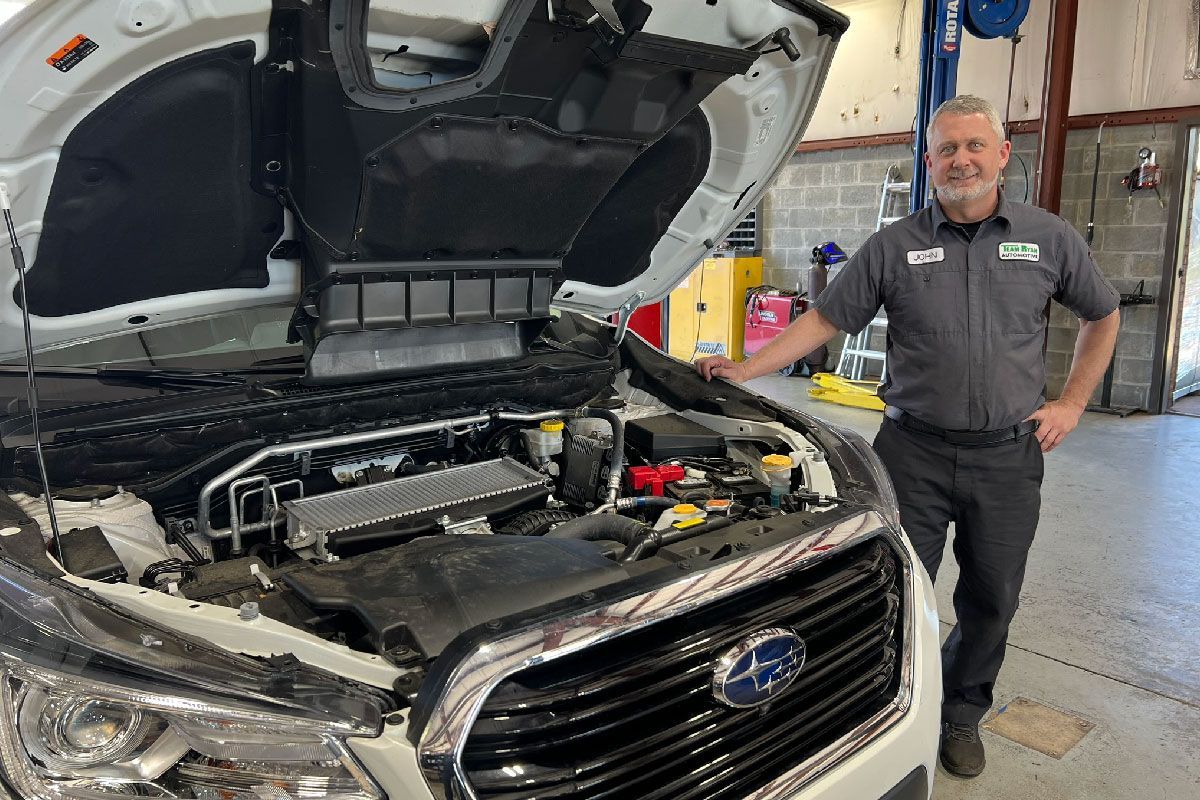Battery Testing and new Batteries in Buford and Cumming, GA
Battery Care And Replacement
Let’s talk about batteries. We have all been there, running late for work and frantically jumping in the car. Then we put the key into the ignition, turn the key, and there’s a stutter before nothing. The battery is dead. The dread that creeps up on you is suddenly very real, and that is how your day begins.
Weak or dead batteries can ruin your entire day. We have all been there, and it is never a fun place to be. So, let’s talk about the ways your car tries to tell you that the car battery is slowly weakening before it’s too late. That way, hopefully, you can get your battery taken care of before it becomes a problem.
Jump To: More Details
What Our Customers Are Saying
"Very happy with Team Ryan! The transmission just started slipping and I didn't feel safe driving. We needed to have the company truck back on the road asap. The work was initiated immediately and completed in one day and done with care and professionalism! Thank you for your help and allowing us to be back in business without skipping a beat. Excellent service...Go TEAM!!"
- Viet N.
What Causes A Weakened Or Dead Battery
- There are more than one causes for a battery to weaken or stop working altogether:
- Corroded or poor battery connections: If the connections are loose or corroded, the charging system is unable to provide power.
- Lights left on: Most headlights are programmed to turn off after around 30 to 60 seconds, but if that system malfunctions, the light may not turn off. Interior lights can also drain the battery if they are left on.
- Failed charging system: If the battery dies while the vehicle is moving, it could be due the charging system.
- Severe temperatures: Extreme temperatures can negatively affect your battery. It won’t cause your battery to die, it could weaken the battery over time.
How To Know If Your Battery Needs Maintenance
Your car is rather good at telling you when something is wrong, so let’s go over some signs that your car maybe using to tell you the car battery may be dying:
- Clicking sound when turning the key or when pushing the button
- Dim headlights
- Swollen battery case
- Check engine or battery light on dashboard illuminated
- Difficulty using electrical components
- Wet areas on or around the battery
- Corrosion on and around the battery posts
If you notice your car is displaying any of these signs, head over to Team Ryan Automotive, and we will equip you with a proper diagnosis and solution to keep your car battery performing at its best!
Why Is A Strong Car Battery Important?
A strong car battery often leads to lesser heat exhaustion from the car engine. This ensures that the car does not overheat. A strong car battery can also lead to greater engine performance, and that leads to increased fuel efficiency.
So How Often Does Your Car Battery Need To Be Replaced?
You might be surprised to know that it’s roughly 3 to 4 years. This is just the average and many batteries fail earlier and some even later. So to make sure you don’t get surprised by a sudden no start condition. Team Ryan Automotive certified mechanics check your battery every time you come in for any auto repairs or maintenance. Even if your battery is testing OK, we’ll still recommend replacing it around 4 years old just to make sure you always get where you’re going; nobody wants to be left stranded!
Auto Battery Replacement Service When You Need It Most
All vehicles need a good battery to start and run well. The latest vehicles increasingly rely on computers to run every electrical system, and these computers need clean, consistent power to not only allow your car to start, but keep running. Car batteries that are old, weak and leaking acid can cause serious damage to electrical components like wiring and computers.
Our Battery Service Includes
Team Ryan Automotive is versed in diagnosing all automotive starter problems, including batteries, alternators, and starters.
Signs Of A Weak Automotive Battery:
Auto Battery Replacement
- Engine cranks slower than normal
- Clicking sound when turning the key to start instead of the normal starter sound
- Headlights dim when using electrical devices like rear defroster or blower fan
- Visible liquid or corrosion build up around battery terminals
- Bulging battery case on the sides
- Date code on battery case shows 4 years old
- Battery test is showing low Cold Cranking Amp (CCA) rating below 70% of original
Batteries: Typical Wear And Tear
Driving habits such as frequent start and stop cycles will cause more wear on the entire electrical system than a longer drive:
1. Driving style
2. Weather conditions
3. Mileage
4. Vehicle age
5. Excessive electrical draws like in-vehicle entertainment systems
6. Running power accessories without the engine running
Since many of our customers driving in our area experience these conditions on a daily basis, we recommend replacing your car battery in Cumming and Buford GA every 4 years. Even if you are not experiencing any symptoms, play it safe and avoid an emergency by being proactive and thinking about auto battery replacement sooner than later.
Temperatures Effect Your Vehicle Battery
While it’s true that winter is a fairly common time for car batteries to die, some sources actually suggest that more batteries die in the summer than in the winter. The science behind lead acid battery technology actually shows how both hot and cold weather can be unkind of the life and operation of a car battery.
Anytime your car battery is operated outside the optimum temperature range, the fact is that there is a greater chance it will fail, whether it’s freezing cold or boiling hot outside. In the winter, one huge thing you can do in the winter is to keep your battery charged. According to Interstate Battery, a weak battery will start to freeze at 32 degrees Fahrenheit, while a fully charged battery won’t freeze until about -76 degrees Fahrenheit. Of course, it’s also a great idea to have your battery load tested, the electrolyte checked, and the connections checked for any signs of corrosion before the winter chill comes around.
You can help your battery last longer in the summer with a little preventative maintenance or catch a low battery before it leaves you stranded. You can trust the ASE certified technicians at Team Ryan Automotive to be at your service.
Want To Know More About Starting, Charging & Batteries?
Your vehicle’s charging and starting systems are engaged in regulating multiple electrical processes to start your vehicle's engine and keep it running. The starting system consists of the battery, a starter motor, starter solenoid and cables responsible for starting the engine, while the charging system consists of an alternator and voltage regulator, battery and cables. The charging system is responsible for routing energy throughout the entire electrical process while sustaining the battery’s charge. The battery supplies the electric power necessary to start the vehicle. This process starts when you turn the ignition. Then, the starting system sends power from the battery to the starter solenoid to the starter motor, which turns the engine in order to begin the internal combustion process. The alternator powers the other electrical components in your vehicle while the regulator controls the voltage supplied to each component. The regulator also ensures that the alternator maintains the battery’s charge so that the entire cycle can continue.
Did You Ever Wonder How A Lead Acid Battery Actually Works?
Car batteries are composed of a series of lead plates submerged in a 35% sulfuric acid and 65% water solution. The 12-volt battery houses a chemical reaction that releases electrons through conductors, producing electricity which is then channeled into your vehicle’s electrical system allowing you to start your car or operate electrical components like your stereo or lights.
The battery stores this electrical energy, the starter converts that energy into mechanical force to turn the engine for starting, and your cars alternator produces electric current to replace what the starter used during start-up and to support electrical loads when the engine is running.
Your Vehicle Starting System
The battery supplies electricity to all of the electrical system components, including the essential power required to start your vehicle. The starting system consumes more electrical power than anything else your car, which is why most battery failures are noticed when you come out to start your car. The starting system typically consists of three components working in tandem with each other: the ignition switch, the starter relay (or solenoid), and the starter motor.
Slow cranking engines, dim headlights and other electrical concerns can sometimes point to a problem with your vehicle’s starting and charging system. Because the battery is required for the electrical charge needed to start the rest of the electrical system, a weak or dead battery can also prevent your car from starting. If a jump start refuses to revive your battery and the starting system, our staff may need to take a closer look at the other components of the starting and charging system to determine whether or not you need a starter replacement or an alternator replacement. All components within your vehicle’s starting and charging system are necessary to ensure proper working order, and one bad link between them can render the entire electrical process useless. If you experience problems with starting your vehicle or maintaining its power even after trying a jump start, then allow our service staff to perform a starting and charging system check on your vehicle today.











